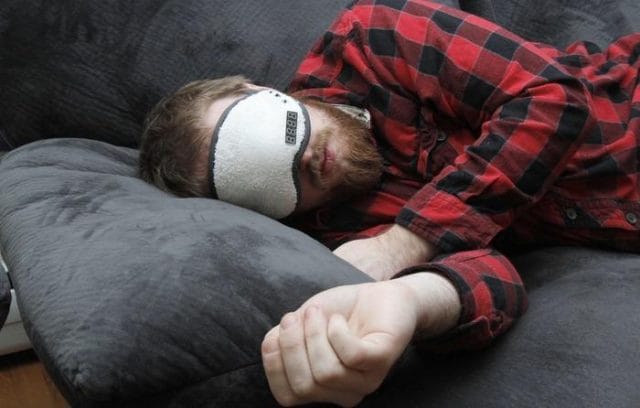
Editors note: This is a guest post by Nick Meyer, who is currently working on the Napwell, the world’s first Napping Mask. The Mask is currently running a Kickstarter campaign here.
It’s popular these days to make the claim that napping is good for you. This author has even built an entire startup on the premise that we should nap more and better. But what data is this conclusion based on? One important study by NASA for the most part.
In the 1980s and 1990s, NASA and the FAA were studying whether or not in-cockpit napping could improve the job performance and safety of pilots flying long haul routes. The results are somewhat technical, but almost all contemporary news articles citing a measurable increase in on-job performance due to napping are actually based on this data.
In the study, NASA teams first picked out a group of commercial airline flight pilots flying a standard itinerary between Hawaii, Japan and Los Angeles. They then divided the pilots into two groups: A Rest Group (RG) that was allowed a 40 min cock-pit nap during the cruise portion of each flight and a No Rest Group (NRG) that was not allowed a mid-flight nap. Over the course of a six day study, the pilots flew four (4) flights during which NASA teams analyzed them for wakefulness before, during and after their flights. The teams even brought along EEG and EOG machines to measure the pilots’ brain activity during the tests to confirm whether or not the pilots sleeping, and how alert they were.
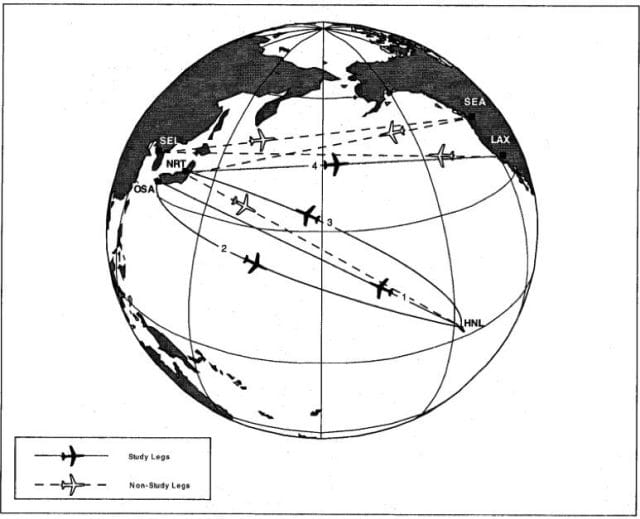
The most interesting results were as follows:
Reaction Time – Using a measure of reaction time called a “PVT Trial” the teams found that the naps helped pilots maintain their baseline reaction speed over the course of the flight. The data below show that over the course of a flight (from pre-flight to post-flight) the napping pilots maintained their reaction speed versus their non-napping colleagues, who tended to grow slower over the course of the flight. More importantly, the napping pilots maintained that reaction speed on subsequent flights, whereas the non-nappers pilots suffered accumulate fatigue from previous flights.
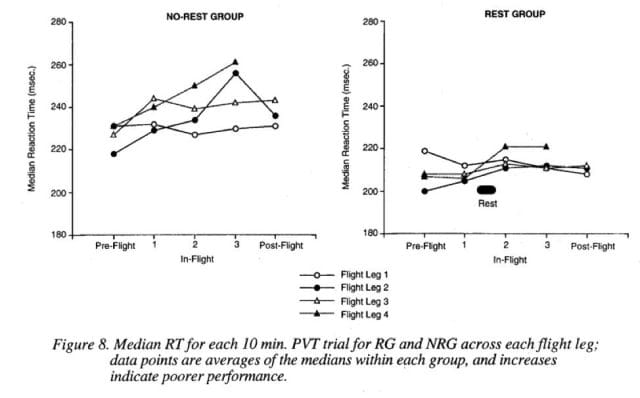
Performance Lapses – Using the same measure of reaction speed, the teams found that the number of performance “lapses,” was decreased following a nap. A “lapse” is a very slow reaction versus normal response time, and is basically the pilot freezing for a brief moment in the cockpit. The napping pilots showed 34% fewer performance lapses during later stages of the flight than their colleagues. Contextualizing this a bit more, a nap would basically help a pilot maintain their reaction speed and prevent overly slow responses during the later stages of a 7-9 hour flight, when fatigue would normally set in.
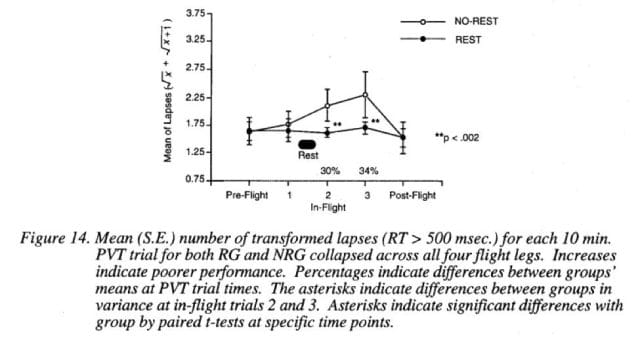
Figure 16 – Finally, using EEG and EOG devices to measure brain activity, the teams checked for sleepiness during the last 90 minutes of all flights, including the crucial period prior to landing a plane (TOD to Landing). Sleepiness is indicated by the number of “microevents” that occur—brief periods when brain activity changes, and the brain enters the first stages of falling asleep. There are 3 flavors of microevents: Theta, SEM and Alpha, depending on brain waves and eye movements.
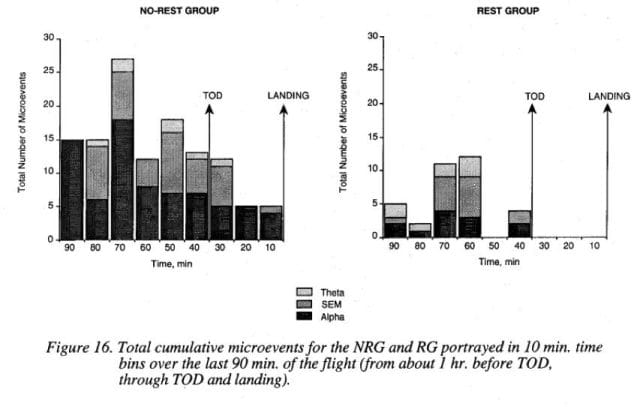
Across the board, the napping pilots had significantly fewer microevents, or were much more alert, than the non-napping pilots. A statistical analysis done by the team showed that the non-napping pilots were roughly twice as likely to register a microevent, or were ~100% sleepier than their napping colleagues.
The NASA team concluded that naps provided a 34% increase in pilot performance and 100% increase in physiological alertness. These basic facts are often cited by health and wellness magazines as benefits of napping, but few actually dive into the details of where the metrics came from, and what they mean.
Good data can generate tremendous value when put in the hands of consumers, companies and organizations to improve their decision making. A traditional government study can seem to be a bit of a throwback in today’s highly digitized world, but such studies are often essential in underpinning our understanding of sleep, naps and in this case how napping can help sustain on-the-job performance.
So, if you’re looking for a justification for taking a nap, now you have it.
This is a guest post by Nick Meyer, who is currently working on the Napwell, the world’s first Napping Mask. The Mask is currently running a Kickstarter campaign here.



